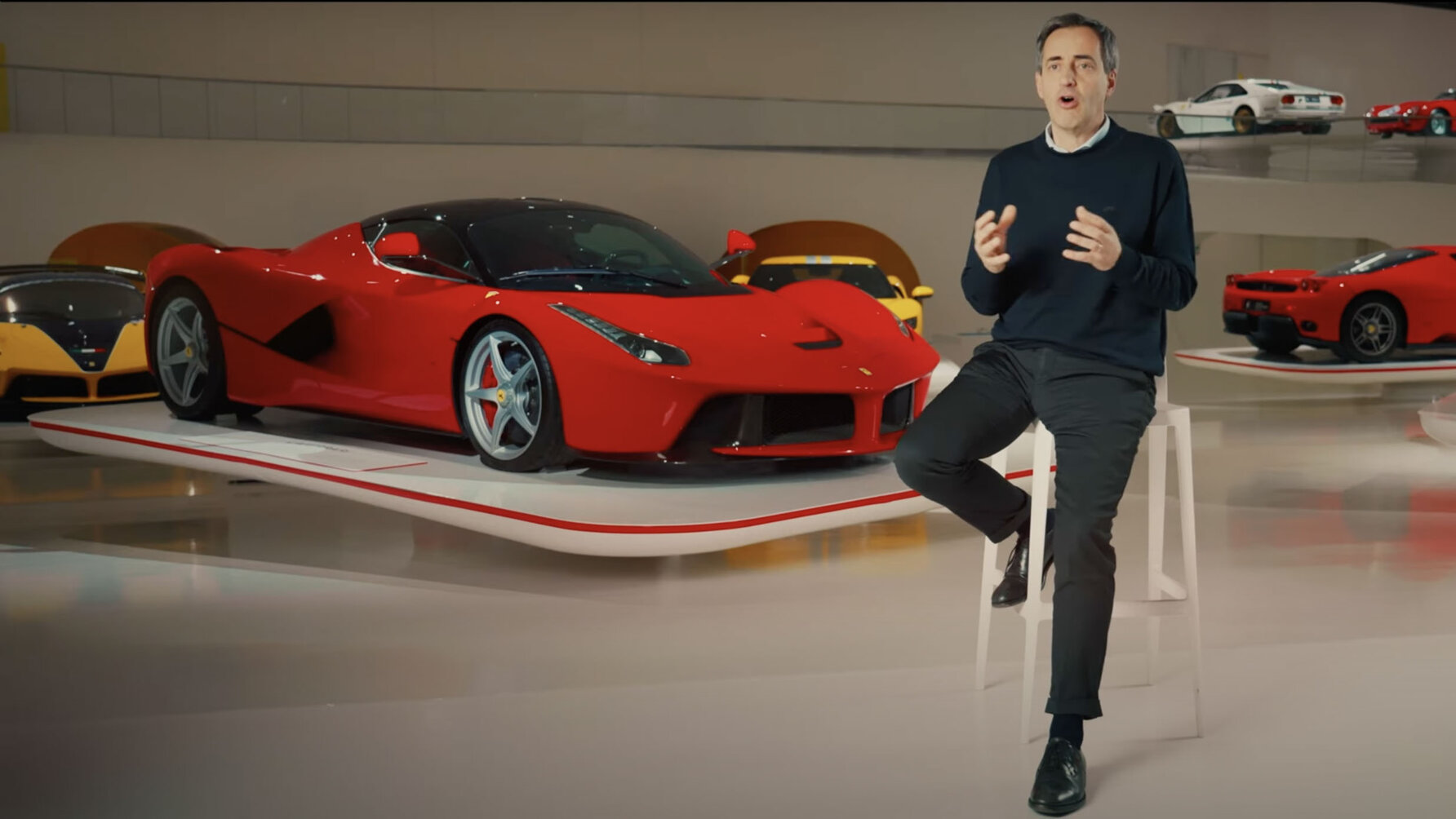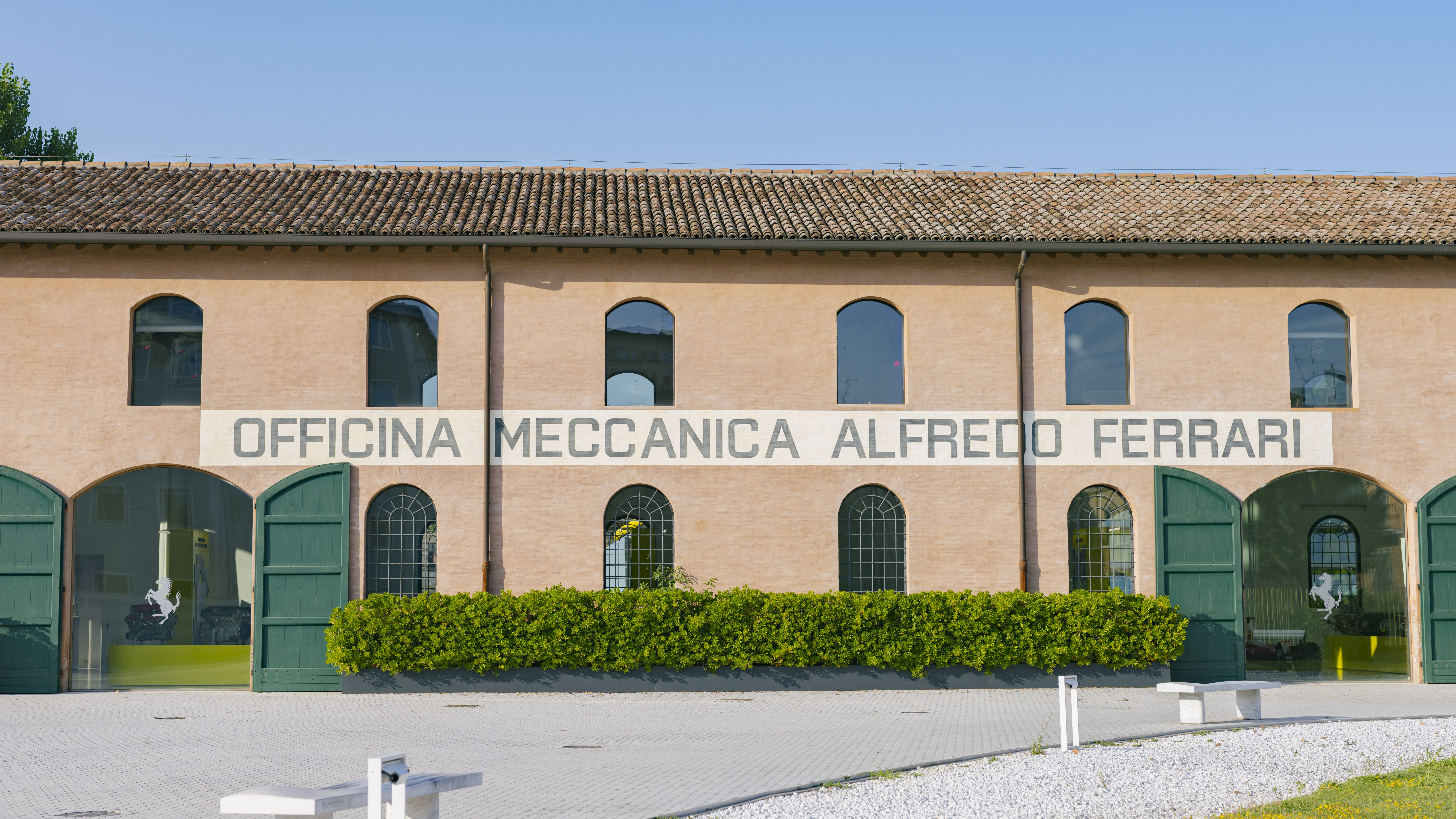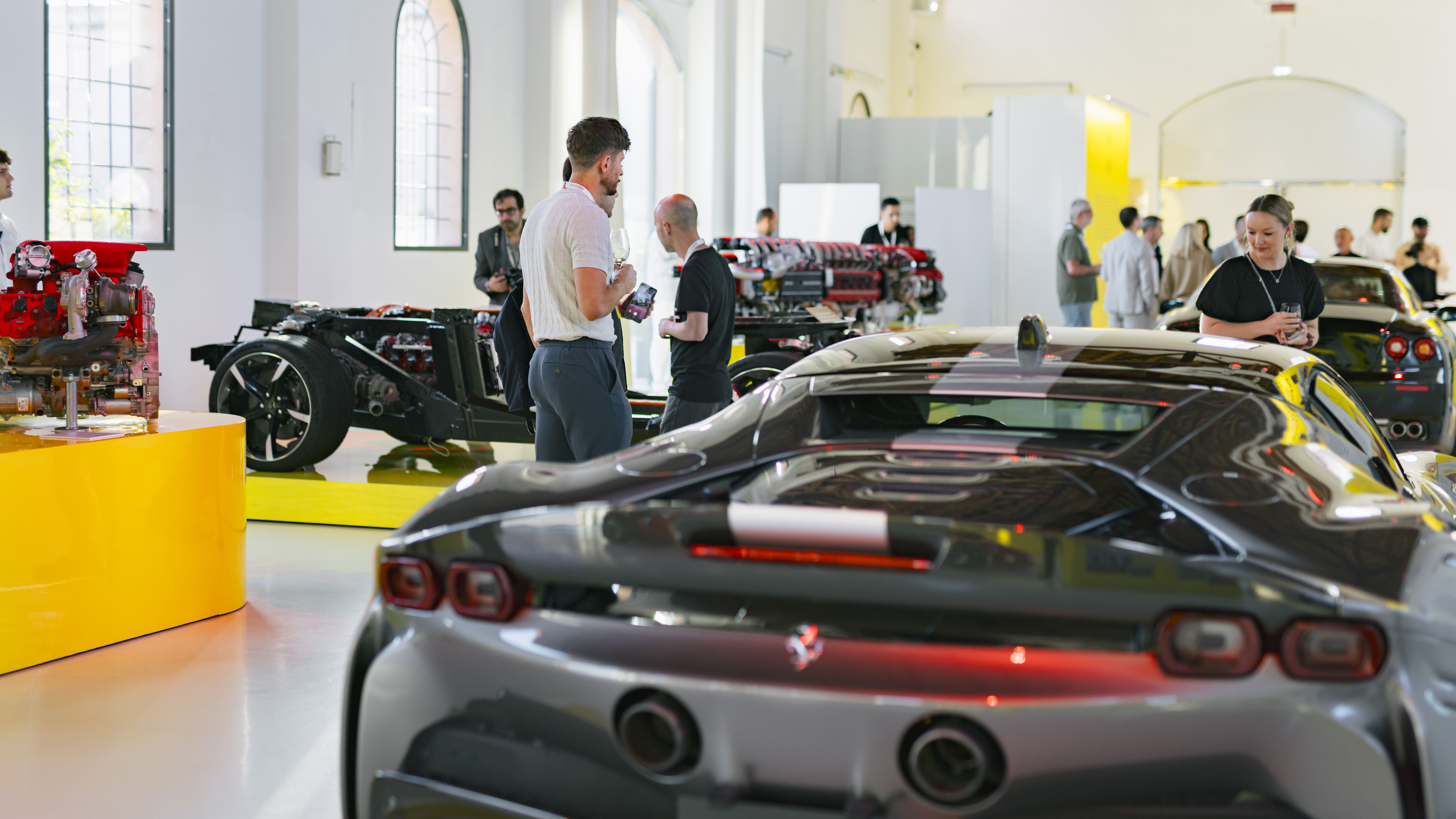
'I hope Enzo doesn't get angry': the tricky job of running the Ferrari museum
Creating a virtual museum in The Crew Motorfest harks back to Mr Ferrari’s philosophy
Michele Pignatti Morano’s job seems straightforward, until you really consider the details. As the director of Ferrari’s museums, he ultimately decides what the 860,000 yearly visitors to the prancing horse’s Modena and Maranello sites see when they get there. He’s hardly short of options, given the manufacturer’s storied history, and the infectious fanaticism of its fans. Surely it’s a matter of picking a few stone-cold classics in rosso corsa, wheeling them out, and then sitting back for an espresso break?
Possibly. But to big boss Enzo, the very concept of a Ferrari museum was an oxymoron. “His mentality was, ‘I don’t want to keep the old one, because the next one is best,’” Pignatti Morano told TG in a mercifully air-conditioned corner of the Maranello headquarters during an unseasonal heatwave. “So he literally would destroy the old cars. For him, they were not worth keeping.”
Enzo Ferrari’s contention that his cars belonged on the track and not under a spotlight in a temperature-controlled warehouse creates a bit of nuance, and even tension, to Pignatti Moreno’s job. Times have changed at Ferrari, of course. You won’t see anybody breaking down old Californias and heaving them into skips outside the factory, but you will indeed see numerous precious cars exhibited. Not without consideration and concessions to Enzo’s vision, mind.
“I understand the philosophy and I hope he doesn't get angry,” said Pignatti Morano. “But now we are going towards our 80th anniversary, and obviously after 80 years a car deserves occasionally to be in a museum and have a rest.”
And rest they do. Arranged at dramatic angles and varying heights across two museum sites, a who’s who list of desirable supercars from across the decades now enjoy adulation under a spotlight. But should anyone doubt their mettle, they’re also primed to prove their performance all over again at a moment’s notice.
“ They basically all are in working condition,” said Pignatti Morano. “Especially the ones that come from private collections. They are in perfect working condition because the people that look after them do so in a crazy way.
“Each car is a masterpiece nowadays, so it is looked after as if it was a masterpiece.”
Given the company’s previous proclivity for binning old stock, around 80 per cent of the museum collection comes from private collectors. That includes vehicles that served their time on the track.
”Obviously, if a car is 70 years old and it's always been on the racetrack, there will be something that is not right, but that's the nice thing," said Pignatti Morano.
"We have experts that come and recognise the cars that are at the museum by chassis number. So it's not just a matter of saying, this is a 166 MM, they come and they say, ‘Ah, this is chassis number 40. It's the first car imported into Portugal. It was driven by this guy, and did this race. This part should not be there, but it should be there'.
Top Gear
Newsletter
Thank you for subscribing to our newsletter. Look out for your regular round-up of news, reviews and offers in your inbox.
Get all the latest news, reviews and exclusives, direct to your inbox.
"Because in the past, cars in races were crashed, then they were fixed up in a simple way. And that for me is amazing.”
Recently, Ferrari found another way to honour Enzo’s museum philosophy. In addition to the race-ready models lining the hallways at Modena and Maranello, you’ll now find virtual versions of them – along with vignettes from Pignatti Morano himself – in The Crew Motorfest’s Season 7’s ‘Ferrari Supercars’ playlist.
In a way, it’s having your cake and eating it. A means of celebrating the manufacturer’s historic supercars in a rare glance backwards instead of tearing forwards towards ultimate performance, without defanging the GTO, F40, F50 and LaFerrari that all once represented the pinnacle of supercar design. A playable museum exhibit.
Given that for the vast majority of those vehicles’ fans, they’ve only ever existed as posters on our walls and pixels on our screens, a videogame feels like the most fitting place to exhibit them.
“ We tried to make something in a different way,” said Pignatti Morano, “because a museum is something old-fashioned. Not everybody visits museums, especially the young generation that play videogames. So having the opportunity to actually talk to these people in a different way, I think was an opportunity that we couldn't miss.”

Trending this week
- Car Review
BMW 1 Series










